Three prospective Stirlingshire housing developments have been blocked by the Scottish Government.
A trio of appeals for separate projects in Thornhill, Bridge of Allan and Dunblane were all dismissed by the Planning and Environmental Appeals Division this week.
In total, some 160 potential new homes will now not be built.
‘Village could be overwhelmed’
In Thornhill, an application to construct around 70 buildings for a mixture of business and residential use on land north-west of and at Burnside Works was submitted in December 2021.
However, nearly three years later, the proposal has been rejected.
In the appeal decision notice, the government’s reporter stated that the number of proposed homes could overwhelm the village of Thornhill’s existing infrastructure and increase commuting to other areas.
Concerns over green belt land
Allan Water Homes Ltd originally applied to erect 46 new homes (34 for private ownership and 12 for affordable housing) on land at Blairforkie Drive in Bridge Of Allan during July 2022.
This project was dismissed by the Scottish Government with concerns raised over the intention to build on designated green belt land.
The decision acknowledged that the housing development “would contribute to the local and national economy and would deliver much needed affordable housing in a location that is within a 10 minute walk of the town centre”, but countered that it would negatively impact existing residents of the local area.
In September 2022, Dunblane‘s Kippendavie Group Trust submitted an application for permission to build 44 residential properties (including self-build, custom-build homes and affordable housing) on land east of Kellie Wynd, Leighton Avenue, Leighton Court and Robertson Road.
This proposal also included plans for a neighbourhood community hub.
The application was not approved after an appeal and, again, the issue of constructing on green belt land was among the deciding factors.
A snub for rural communities or protecting green space?
Response to Scottish Government’s decisions have been mixed.
Some Thornhill residents welcomed the news, arguing that such a large development wouldn’t be suitable for the small village.
Bridge of Allan resident Inga Bullen said: “It is great that a community’s views have been supported by the planning system and that our objections to this proposal were listened to.
‘If green belt can be built on it ceases to function as green belt’
“The development was on green belt. If green belt can be built on it ceases to function as green belt: to prevent unsustainable development and urban sprawl and to protect the identity of settlements.”
Others felt the decision was a snub for rural communities.
One social media comment read: “Things have to progress, we need new affordable houses built for those who would like to return or remain in the village.”
‘Protects local democracy’
Martin Earl, Conservative councillor for Trossachs and Teith said: “I am pleased that the position of both the council’s planning service and the community council have been supported by this decision.
“This application did not accord with the adopted local development plan.
“I would also want to place on record the significant efforts by the community council that ensured the residents views were sought and heard throughout the extended process.
“There is, of course, a great deal of pressure to build new homes but all proposals must be in agreement with the LDP and proportionate to their proposed location.”
Fellow Trossachs and Teith councillor Gene Maxwell of the SNP commented: “While there is a shortage of housing, development needs to be appropriate and suited to its environment, preferably using brown-field sites.
“While partially brown-field this proposal involved a significant amount of agricultural land and was excessive in scale, it was entirely correct to reject it.”
Bridge of Allan and Dunblane Green councillor Alasdair Tollemache said: “I am very pleased that the appeals have been dismissed.
“This protects local democracy within the local development plan and the need to protect green space and biodiversity.”
Labour’s David Wilson, also a Bridge of Allan and Dunblane councillor, said: “I would express support for protecting local green spaces and emphasise the importance of using existing vacant or derelict properties for new housing development, rather than encroaching on green belt areas.
“I would also acknowledge the need for a variety of housing types, premium, affordable, and social to meet future demand in Dunblane and Bridge of Allan, but stress that developments should be mindful of potential flooding areas and utilise brownfield sites.
“Finally, I would note that repurposing neglected properties could improve the community’s appearance and stimulate local business opportunities, which could make planning approvals more likely.”
For more Stirling news and features visit our page or join us on Facebook
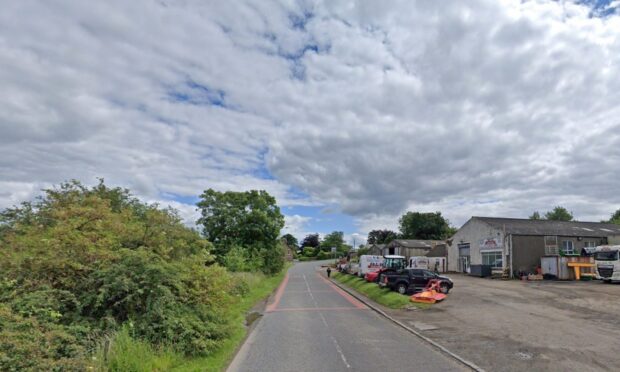
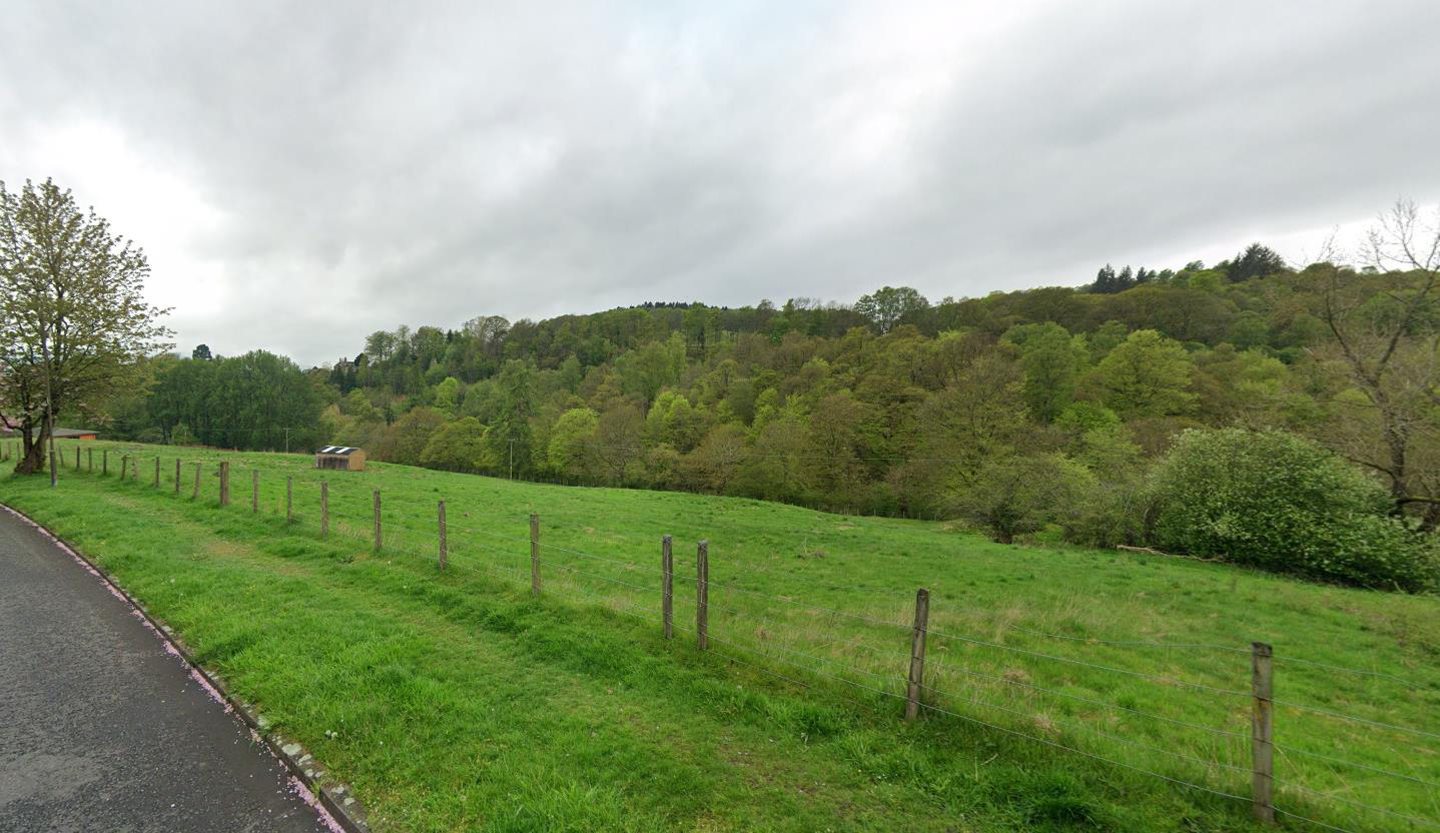
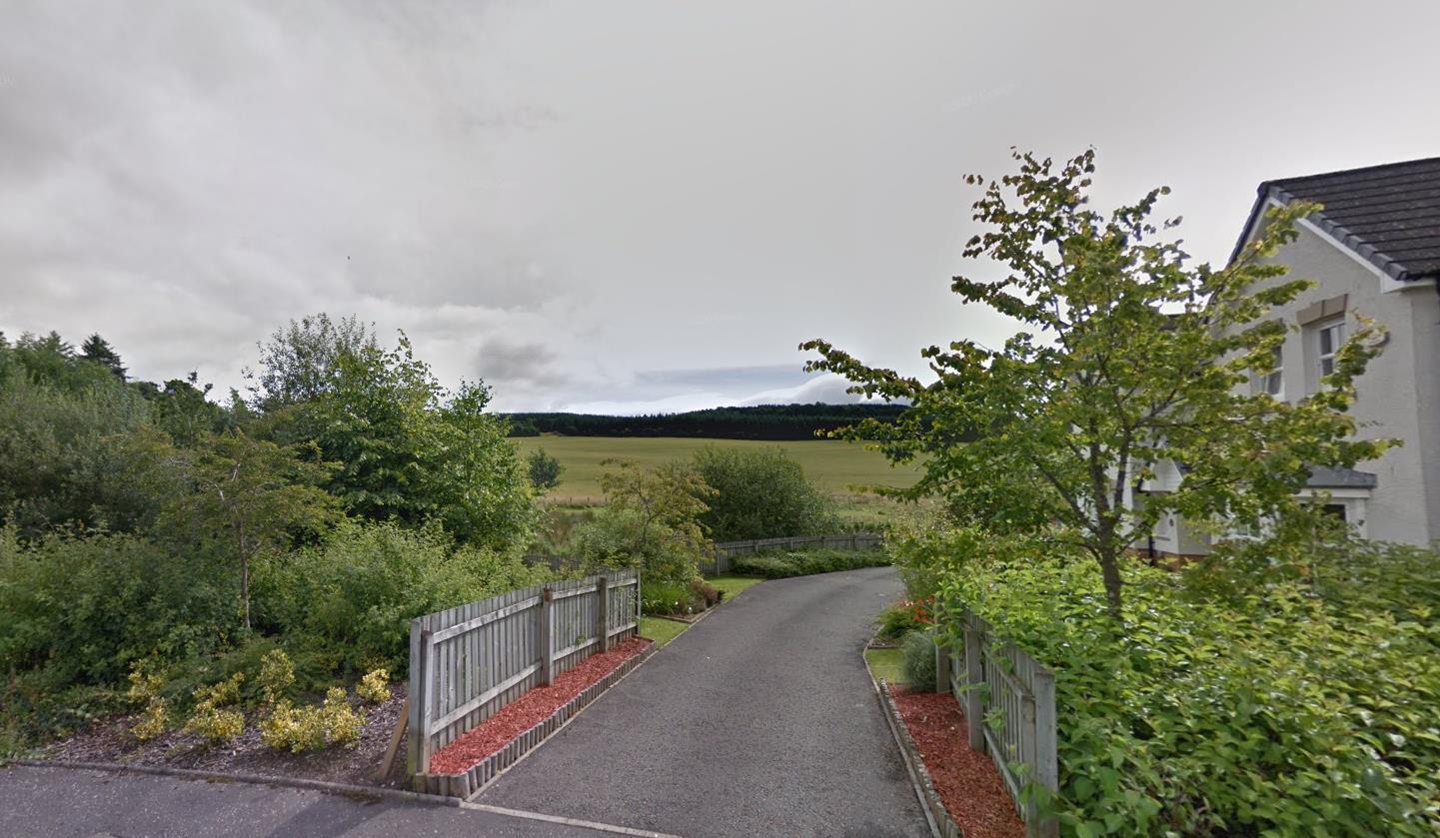
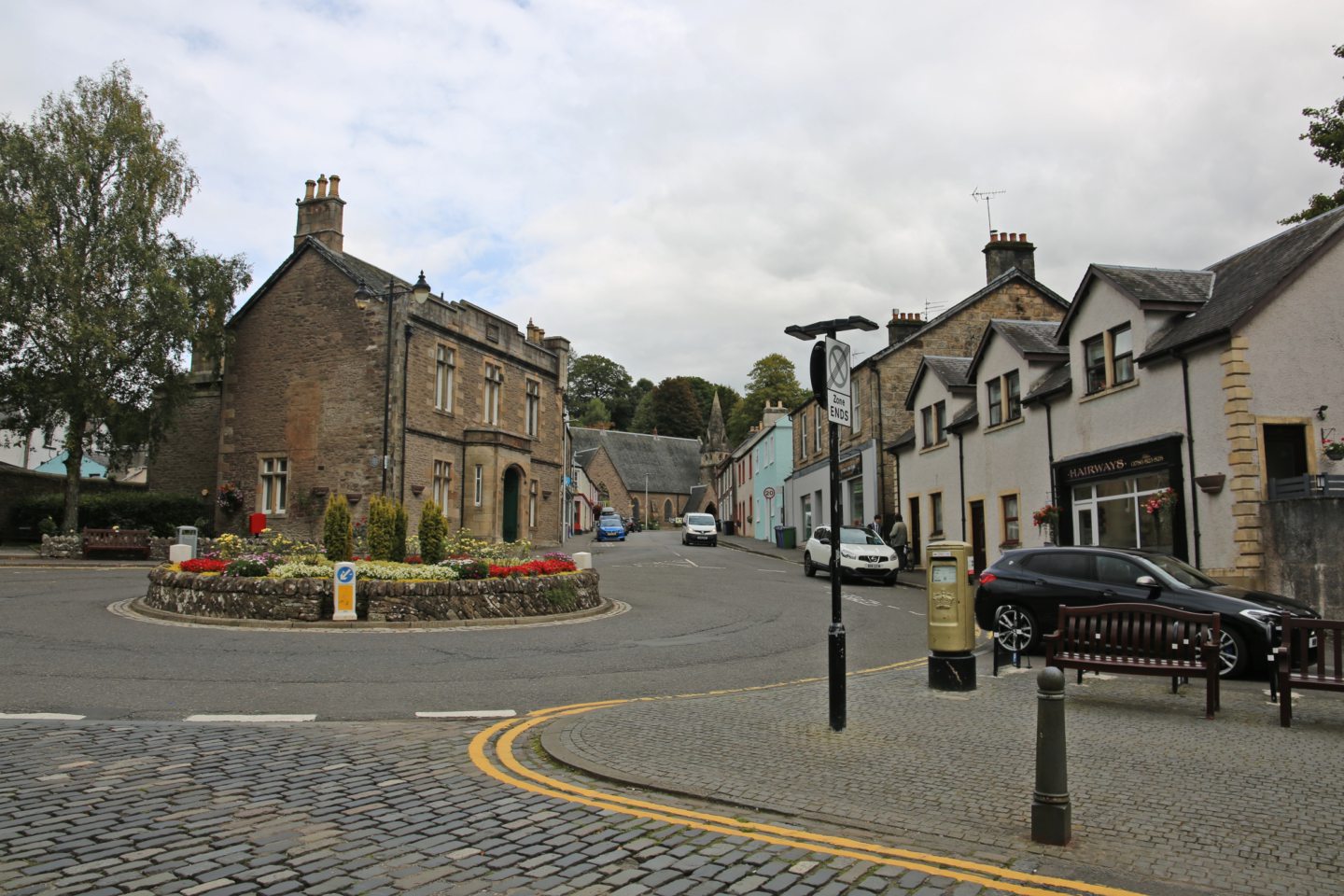





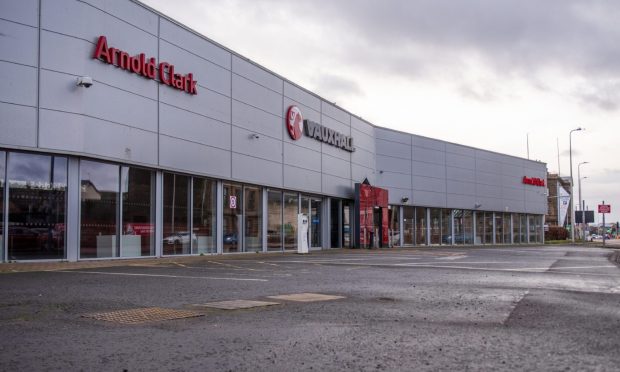
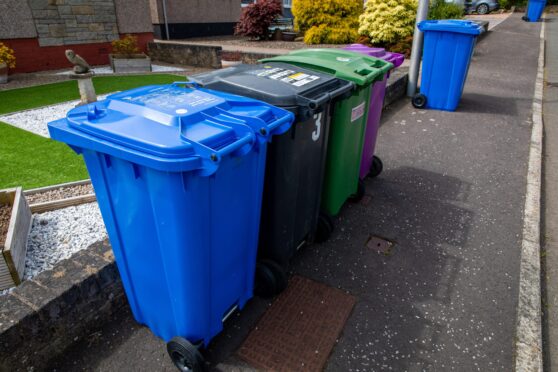

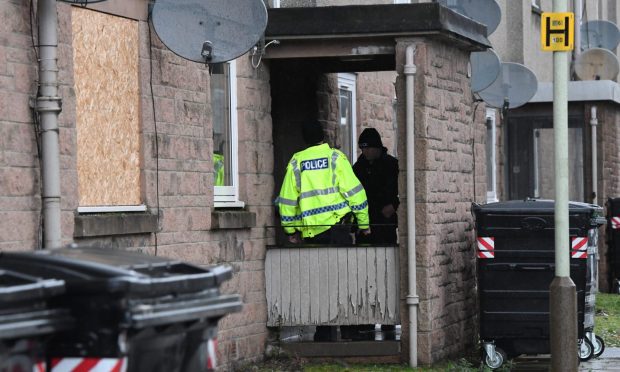


Conversation